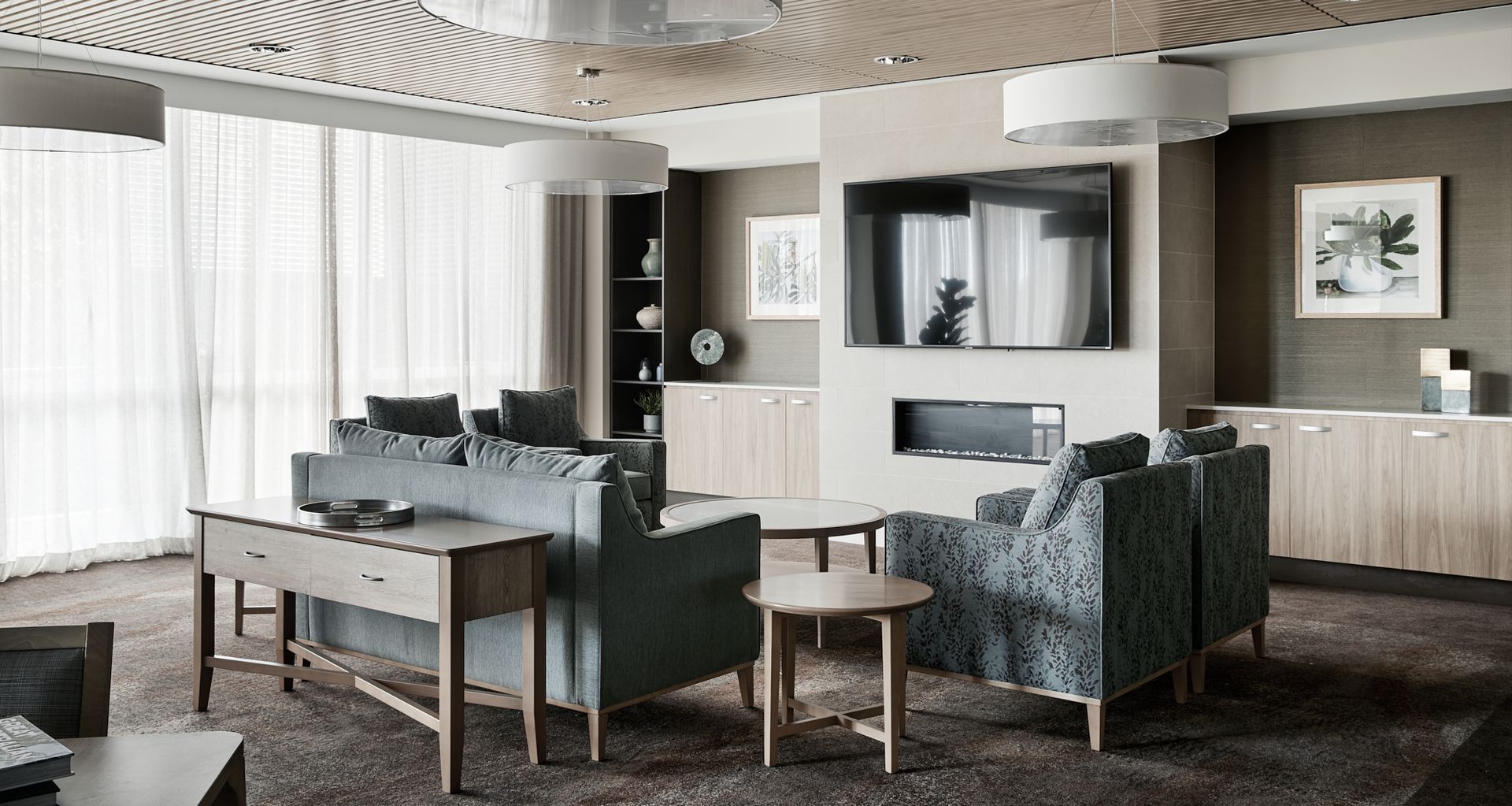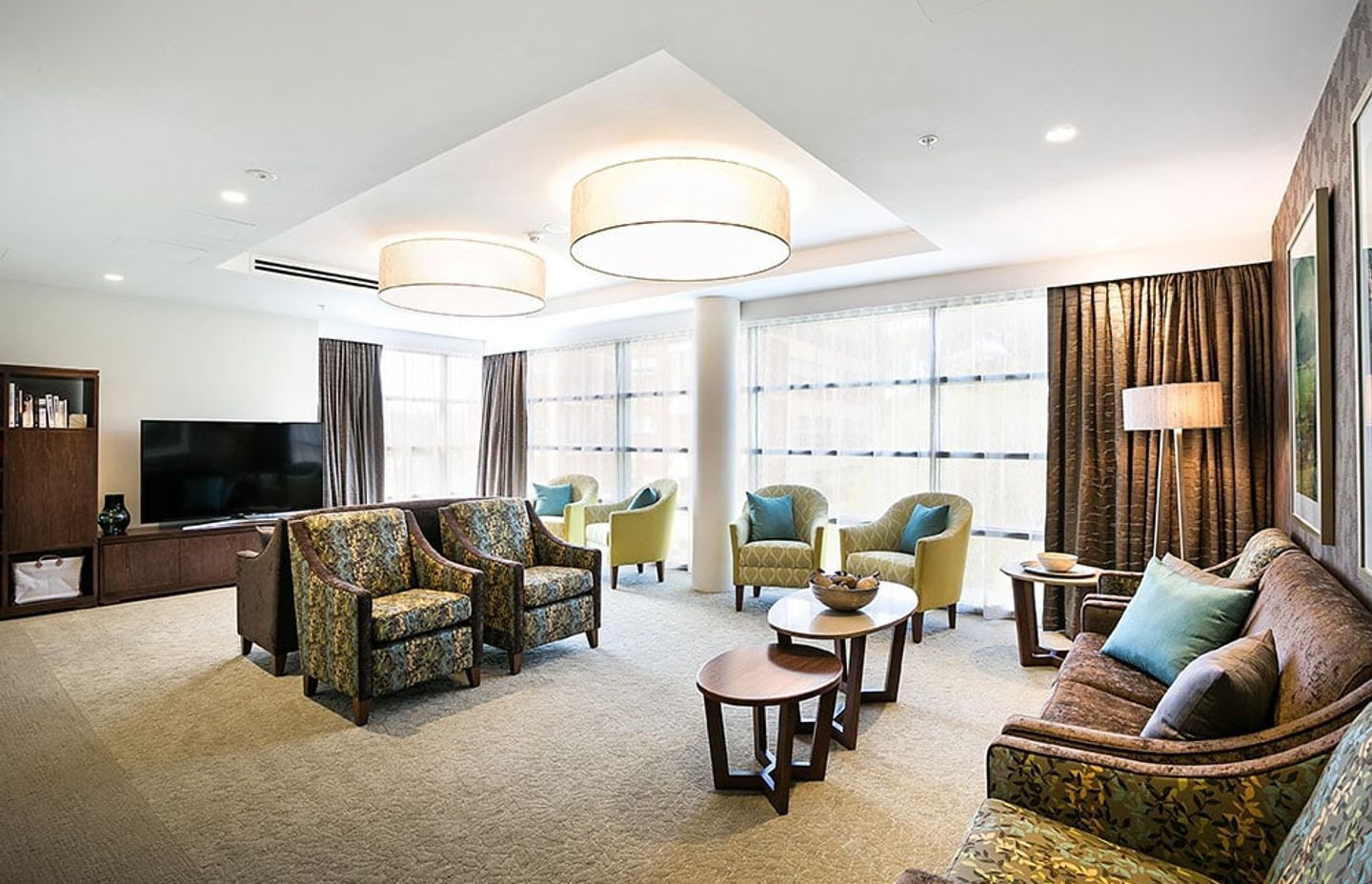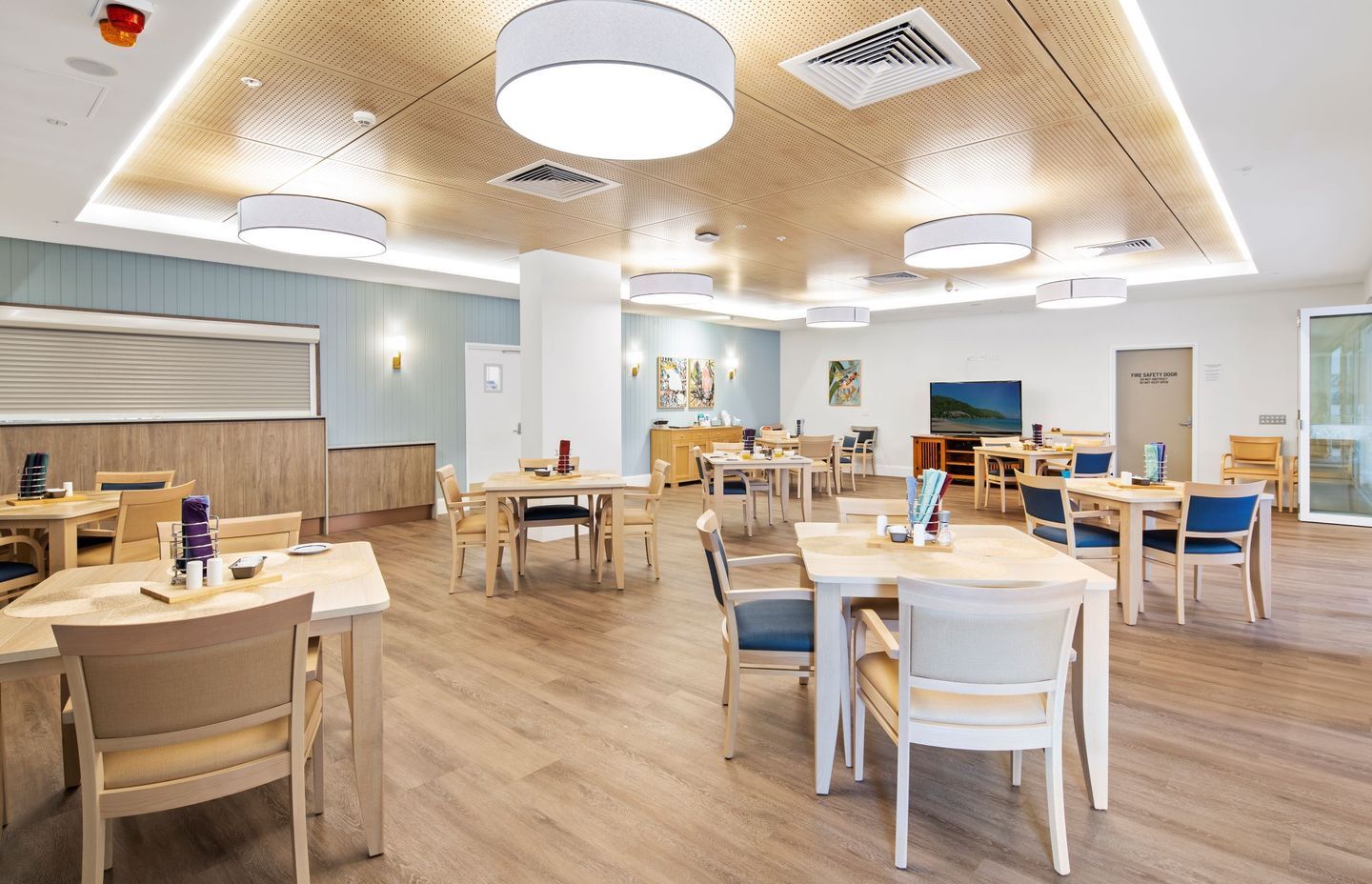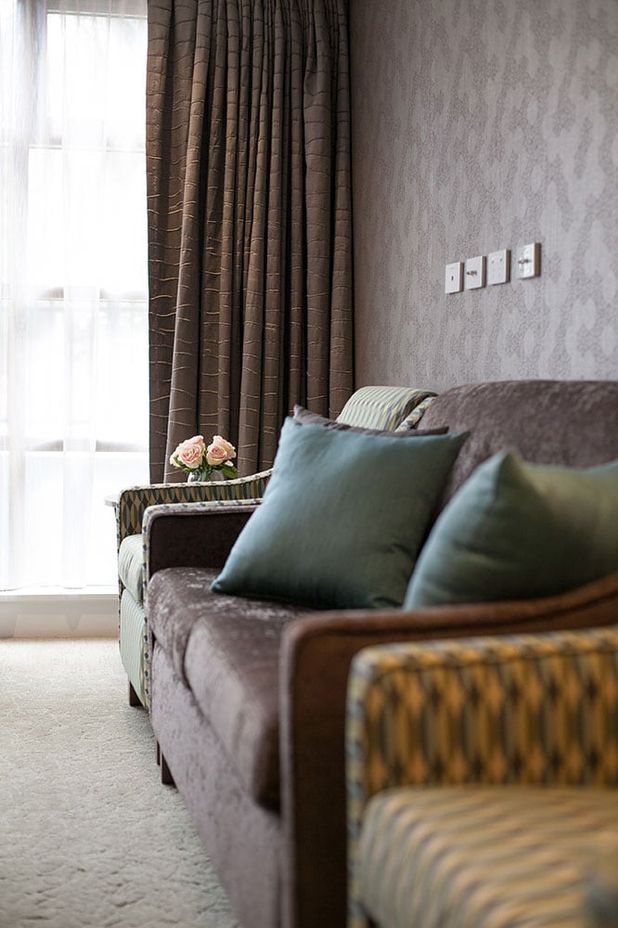Living with dignity and independence: interior design for aged care and retirement
Written by
18 February 2023
•
4 min read

Conversation around architecture and interior design is often centred on residential family homes and high-end hospitality or commercial spaces. However, design for aged care and retirement living is an equally important topic that isn’t spoken about as much as it should be. To obtain a clearer understanding of this subject matter, and the power of good interior design in such environments, we spoke to Jennifer Gilmore, managing director of Gilmore Interior Design.
Gilmore Interior Design is a boutique studio staffed with creative professionals who are passionate about making a difference through good design. Established in 1993, the firm took on their first aged care project 25 years ago for RSL LifeCare. Since then, Jennifer has overseen more than 70 projects of varying sizes in the aged care and retirement living sector.

“Increasingly, for many people – regardless of ethnicity and demographic – entering aged care or retirement living is a reality. Our job is to make sure the environments are multifaceted and support the individual, their family and the caring staff,” says Jennifer. While the old adage ‘it takes a village’ is often used in regards to raising children, the same can be applied to caring for the oldest members of our community, yet this village has been reduced to a building or estate filled with strangers, says Jennifer. “Good interior design can decrease stress, increase comfort, and ease individuals through the later phases of their life. It can enrich the residents’ lives in many ways, physically and emotionally,” says Jennifer. For example, reduction of stress can result in behavioural improvement that leads to a reduction of medication, Jennifer explains.
Read now: How to ethically source and purchase Indigenous art in Australia

How does good interior design benefit aged care and retirement environments?
The goal of any aged care project is to create an environment that benefits the residents’ behaviour, cognition and overall quality of life, while a retirement living project aims to create environments that are accessible and adaptable, and encourage social connectivity, to ensure residents live independently for as long as they choose. “Ultimately, we’re designing for dignity and independence: allowing people to continue to live the way they have, and want to, for as long as possible by creating supportive environments,” says Jennifer.
Read now: Meet the innovators at the cutting edge of experimental design

What are the design differences between aged care/retirement living, and residential/commercial spaces?
The most obvious differences between interior design for aged care or retirement living, and that of residential or commercial projects, is that the former needs to address levels of compliance. In addition to considerations of egress, fire ratings, slip ratings, lighting levels, durability of finishes and accessibility, these projects must address aspects of appropriate signage and catering to those with illness, such as dementia.
“Signage and wayfinding design becomes a key element in these environments, and using specific graphics, colours and imagery to create unique identifiers is essential,” says Jennifer. “Each room is developed with adaptability in mind, and with careful consideration of the user. For example, designing a kitchen or bathroom in these environments involves making it accessible to someone in a wheelchair."
Furthermore, thought must be given to the logical arrangement of rooms and spatial planning. Residents must be able to move unimpeded throughout their environment. As such, the devil is in the details for these projects; thresholds must be smooth and even between floor finishes, and furniture arrangements must cater to all abilities while allowing freedom of movement.
Read now: Rethinking the value of apartment housing in Australia

What are the challenges of undertaking aged care and retirement living projects?
Jennifer says the most difficult aspects of taking on refurbishment projects such as these is working around limited access points, minimal connections to natural light and outdoor environments, the availability of space and non-compliant structures.
“It can be challenging to retrofit these buildings, which still have value from an environmental standpoint, but we have to get creative to upgrade them while maintaining inhabitants' safety and comfort,” says Jennifer. For these projects, the Gilmore Interior Design team is guided by one key goal: to create a safe space that feels as domestic and residential as possible.
“We’re always looking for opportunities to do things differently, and we try to create interiors that are elegant, timeless and have a sense of home,” says Jennifer.
Read now: People-centric solutions are the key to designing destinations that go the distance

Explore more projects by Gilmore Interior Design on ArchiPro.